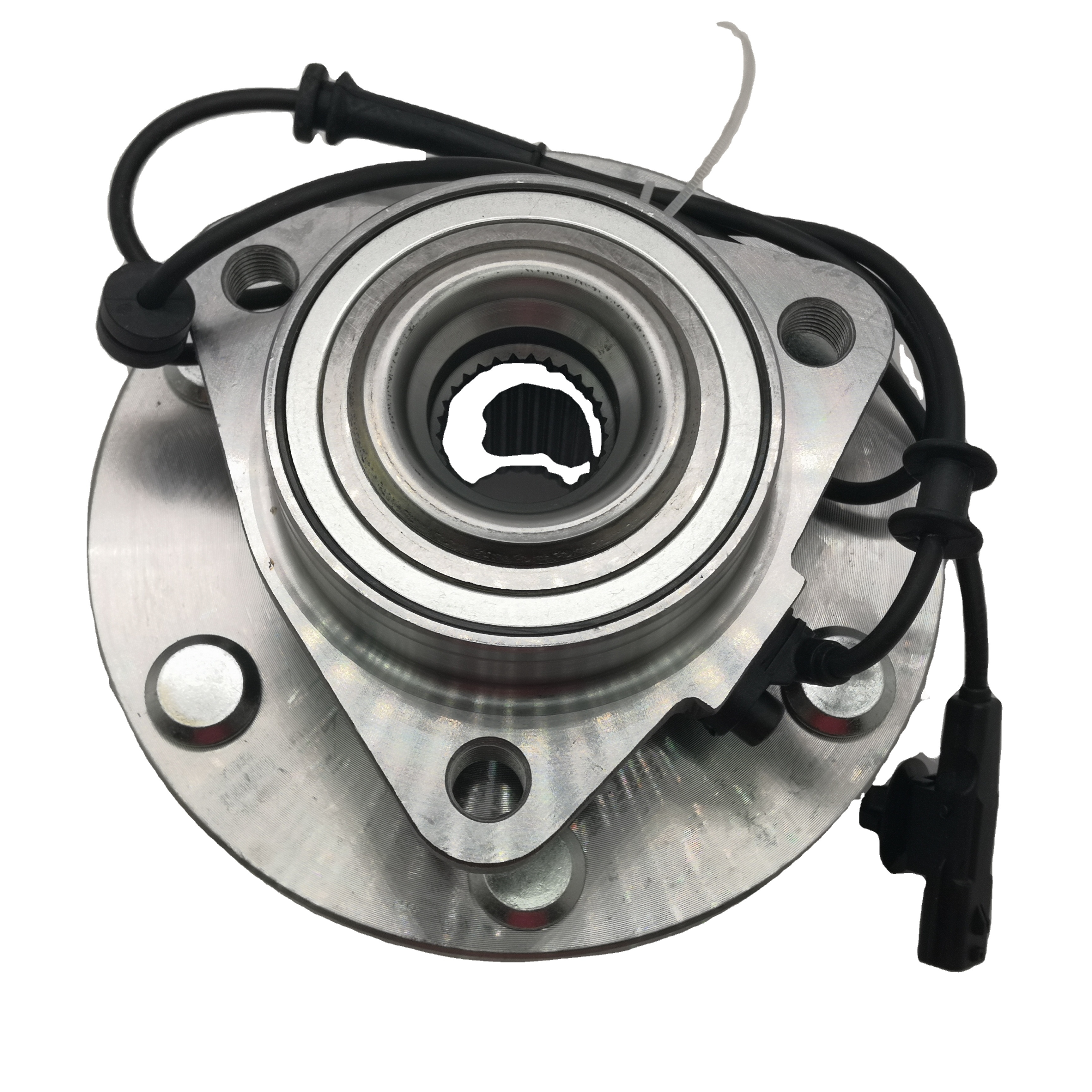piston
In internal combustion engines, the piston plays an important role as a reciprocal component which changes pressure into motion. Essentially its use if for harnessing the expanding force of gases in the combustion chamber and convert them into rotational movements via a crankshaft that gives motion to your vehicle. The main body or technological feature of the piston is it's 'Beer Can' cylindrical shape and a dome at its top which is commonly referred to as the crown, also having an appropriately skirt which fits snugly on the cylinder wall. Pistons are usually composed of either aluminum or cast iron, two materials capable of holding up to the high temps and pressures inside the combustion chamber. Pistons are used in all sorts of engines, all the way down to small lawnmowers and up through large industrial equipment as well as vehicular applications.
 EN
EN
 AR
AR
 FR
FR
 KO
KO
 PT
PT
 RU
RU
 ES
ES



















